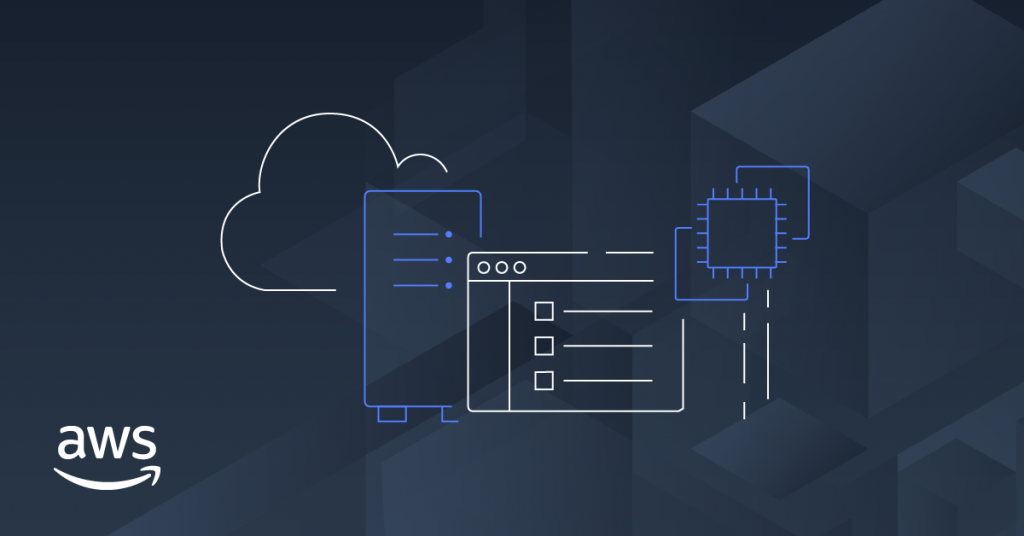AWS Storage Blog
Category: Technical How-to
Connecting AWS Outposts to on-premises data sources
Millions of customers such as startups, enterprises, and leading government agencies are using AWS to lower costs, become more agile, and innovate faster. There are some workloads that must remain on-premises in order to interact with data that cannot, for variety of reasons, move to an AWS Region. Enter AWS Outposts. AWS Outposts is a […]
Cross-account bulk transfer of files using Amazon S3 Batch Operations
As customers scale their business on AWS, they can have millions to billions of objects in their Amazon S3 buckets. Customers often run operations on a large number of these objects in their buckets, including copying objects across accounts, encrypting objects, or tagging. Running operations on a large number of objects in S3 involves listing […]
Automatically import Amazon S3 object updates into Amazon FSx for Lustre
Many enterprises and other AWS customers often store their datasets and build their data lakes on Amazon S3. Since Amazon FSx for Lustre is deeply integrated with S3, customers can create a new FSx for Lustre file system linked to their S3 bucket in minutes. FSx for Lustre file systems transparently present S3 objects as […]
Deploying Jenkins on Amazon EKS with Amazon EFS
UPDATE (5/17/2021): It looks like the Jenkins Helm repos have moved and the configurable parameters have been updated as well! You will need to modify the commands listed in the blog accordingly. Check out the new Jenkins helm repos and configurable parameters at the following links: https://github.com/jenkinsci/helm-charts/blob/main/charts/jenkins/README.md https://github.com/jenkinsci/helm-charts/blob/main/charts/jenkins/VALUES_SUMMARY.md Also, make sure your EKS cluster control […]
Auditing Amazon S3 encryption methods for object uploads in real time
Encryption of data at rest is increasingly necessary for maintaining compliance and providing another layer of protection for data against unauthorized access. Amazon S3 offers multiple methods for server-side encryption (SSE) of new objects in your bucket. As not all encryption options are equal, customers often ask how to track and control the method of […]
Using Okta with multi-factor authentication for AWS Transfer for SFTP
Enterprises often use SFTP to provide third parties like vendors, partners, or offsite laboratories access to their data lakes for things like uploads, downloads, or distributing data exports to clients. AWS Transfer Family provides a fully managed SFTP (now expanded to offer FTPS and FTP) service for Amazon S3. The service frees you from managing […]
One way to migrate data from Azure Blob Storage to Amazon S3
Many businesses face situations where they must migrate their digital content, like images, text files, or data (from a database), from one place to another. More specifically, they may face mandates requiring a hybrid architecture or mixed-cloud solution. Certain cloud customers have faced the problem of not knowing how to move data from Azure Blob […]
Automating cache refresh process for File Gateway on AWS Storage Gateway
For AWS Storage Gateway customers, keeping file shares up to date with changes in Amazon S3 buckets is important to ensure that users are not accessing stale data on their file shares. Previously, customers would either initiate a cache refresh for their file shares manually using an API or by managing a process that does […]
AWS Storage Gateway provides simplified monitoring for File Gateway
Proactively monitoring your AWS Storage Gateway can keep you notified about performance issues and resource constraints if your workloads change over time. Monitoring can be used to indicate if you have network constraints, if the allocated cache storage is not sufficient, or if your root disk is not optimally handling increased workloads. In this post, […]
Using high-performance storage for machine learning workloads on Kubernetes
Organizations are modernizing their applications by adopting containers and microservices-based architectures. Many customers are deploying high-performance workloads on containers to power microservices architecture, and require access to low latency and high throughput shared storage from these containers. Because containers are transient in nature, these long-running applications require data to be stored in durable storage. Amazon FSx […]





